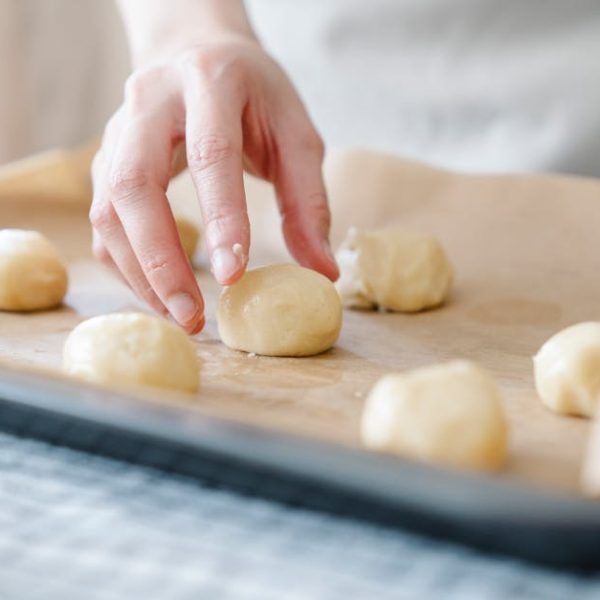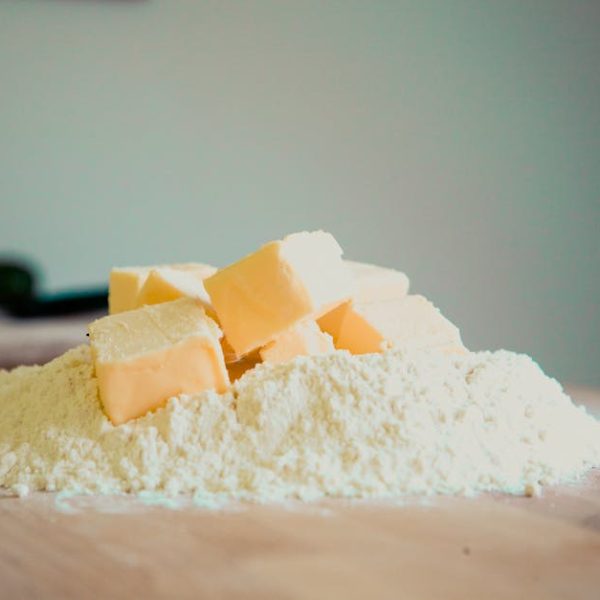Bread is a staple in most households around the world. From sandwiches to toast, it’s a versatile food item that everyone loves. But keeping bread fresh and extending its shelf-life can be a tricky endeavor. So, how can you enjoy your loaf longer without it getting stale or moldy?
Let’s delve right in!
Understanding the Factors Leading to Bread Staleness
The first tip is about understanding what causes bread to go stale. Two factors that contribute to bread staleness are exposure to air and wrong temperature. Bread actually has a very high water content, and when it’s exposed to the air, the moisture inside it evaporates, leading to staling. Moreover, bread stored at room temperature often becomes stale faster than bread stored in a refrigerator or freezer due to the warmth accelerating the recrystallization of starches.
Here are common scenarios that lead to bread staleness:
- Leaving bread unwrapped or not properly sealed.
- Storing bread at room temperature for a prolonged period of time.
- Overstuffing bread in a container, preventing it from breathing.
Best Practices:
- Always wrap your bread tightly after each use.
- If storing at room temperature, consume your bread within two to three days.
- Store in dark and cool places for longer shelf-life.
- Make sure your bread container is not overcrowded.
Proper Storage of Bread to Retain Freshness
Your bread’s storage method plays a significant role in maintaining its freshness. It’s often said that a loaf of bread is like a sponge, eager to soak up the smells of the world around it. To store bread for maximum freshness and flavor, keep it wrapped in a breathable material like a cotton bag or aluminum foil to prevent it from drying out.
Checklist for Proper Bread Storage:
- A bread box is an ideal storage spot; it allows just enough air circulation to prevent the bread from molding while keeping the exterior crisp.
- Storing bread in the refrigerator can dry out your bread, think twice before you keep it there.
- Freezing is a good option if you wish to store bread for a longer duration.
Pro Tip: Always store homemade bread at room temperature as it lacks the preservatives that make store-bought bread last longer.
Avoiding Bread Wastage through Portion Control
A good rule of thumb to avoid bread wastage is to only take out as much bread as you’ll be consuming. Pre-slice your bread at the time of purchase and freeze slices in pairs. This way, you can just grab a pair when you’re ready to eat, leaving the rest of the bread in the freezer to retain its freshness.
Here are some practical tips you can follow:
- Only thaw or unfreeze the amount of bread you’ll consume in one or two meals.
- Store bread slices with parchment paper in between to prevent them from sticking together when frozen.
- Refrigerating bread slows down the staling process but freezing it pauses the process virtually entirely.
When it comes to preserving bread, put these tips to use and never worry about wasted or stale bread again. Stay tuned for further insights on reviving stale bread and choosing types of bread with longer shelf-life!
Reviving Stale Bread for Continued Consumption
Occasionally, even with our best efforts, you may still end up with stale bread. Don’t fret! Stale bread isn’t necessarily bad bread and can be revived. The secret to freshening up stale bread is already in your kitchen – heat and moisture.
Checklist: Steps to Revive Stale Bread:
- Preheat your oven to approximately 300 degrees.
- Take your stale bread and run it quickly under a stream of water to dampen the crust.
- Place the damp bread directly in the preheated oven for about 10 to 15 minutes.
- Remove and let it cool before slicing.
Pro Tip: Be careful not to soak the bread or leave it in the oven for too long, as this could lead to a hard, chewy loaf.
Choosing Bread with Longer Shelf-Lives
If you’re buying bread from a store, look at the ingredient list. The types of bread that are known to last longer usually have more ingredients, including preservatives. However, bear in mind that nutritional values may differ significantly.
Top 5 Bread Types with Longer Freshness Duration:
- Sourdough Bread: This bread is made from fermented dough and lasts longer due to its acidic content.
- Whole Grain Bread: Relatively higher in fiber and nutrients, and thus takes longer to become stale.
- Rye Bread: This dense bread has a higher moisture content and keeps well for a longer period.
- Potato Bread: High moisture content from the added potato also extends its shelf-life.
- Bread with preservatives: Lasts longer but may have fewer nutrients and higher calories.
Comparison of Different Types of Long-Lasting Bread:
| Bread Type | Nutritional Values | Shelf-Life |
|---|---|---|
| Sourdough Bread | High in Vitamins B and E | 4-5 Days |
| Whole Grain Bread | Rich in Fiber and Protein | 7 Days |
| Rye Bread | Contains Iron and Magnesium | 10 Days |
| Potato Bread | Higher in Calories, Good Source of Energy | 5-7 Days |
| Bread with Preservatives | Varies by Brand and Types of Preservatives Used | Up to 2 weeks or more |
To wrap things up, extending your bread’s shelf life is a matter of proactive prevention, proper storage, and knowing what to do when your bread seems to have turned the corner from fresh to stale. Embrace these tips to make sure your favourite loaf is always ready for your next delicious creation!
Key Takeaway:
- Bread staleness is primarily caused by improper handling and storage, including exposure to air and incorrect temperature.
- Storing bread properly in a bread box, fridge or freezer can greatly enhance its freshness.
- Wisely portioning bread and only cutting off what is necessary can be an effective way to avoid wastage.
- Stale bread can often be revived using heat or moisture.
- Certain types of bread, including sourdough and whole-grain, typically have a longer freshness duration.
Remember that finding ways to maintain your bread’s freshness not only contributes to tastier meals but also to reducing food wastage. By understanding the factors causing bread staleness and implementing these tips, you can extend the life of your bread and fully enjoy its tantalizing taste!
FAQs
Q: Is there a ‘best’ type of bread for longevity?
A: Not exactly. While some bread types like sourdough or whole grain naturally have a longer shelf life, the longevity of your bread largely depends on handling and storage methods.
Q: Can I use the freezer to store all types of bread?
A: Yes, but remember, different types of bread may respond differently when frozen and thawed. It’s always best to test a small portion first before freezing a large batch.
Q: My bread has mould spots. Can it still be saved?
A: No. Mould could have deeper, invisible roots that can be harmful if ingested. It’s best to discard the entire loaf if mould is spotted.
Q: Is store-bought bread better for long-term storage?
A: While store-bought bread often contains preservatives that extend its shelf life, it may not always be the healthiest. Homemade bread, despite a shorter lifespan, is preservative-free, making it a healthier option.
Q: Can I use the oven to revive all types of stale bread?
A: Most types of bread can be revived in the oven. However, keep a close eye on it to avoid over-drying or burning.
Feel free to share this article with your friends or on your social media accounts. You can find more tips and useful advice on our website.






